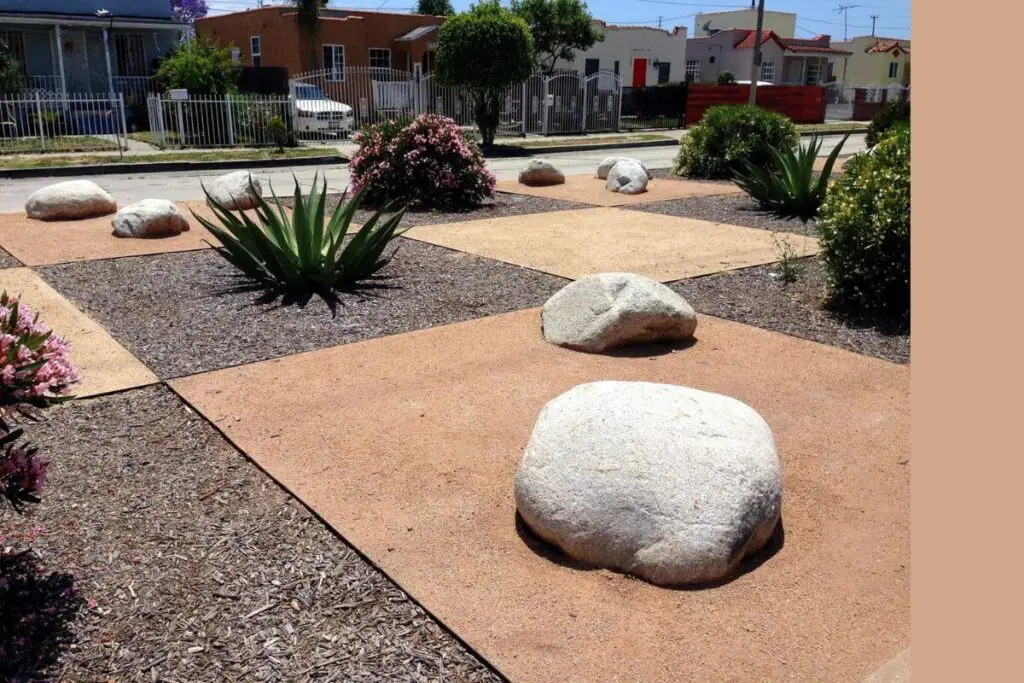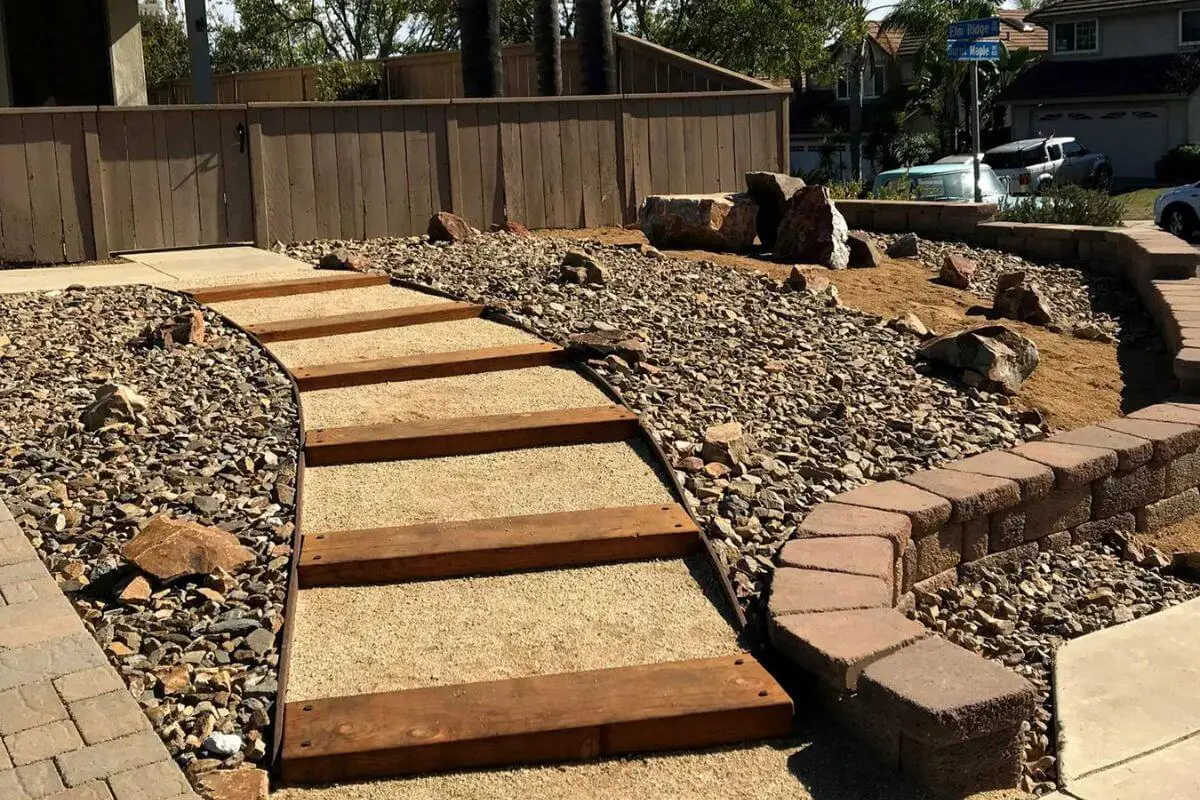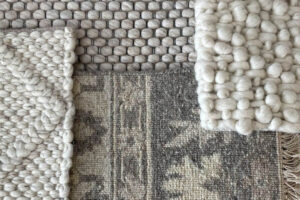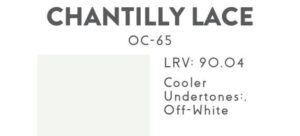In the world of landscaping and outdoor design, choosing the right materials can make a significant difference in the outcome of your project. One such material that often finds its way into pathways, driveways, and other outdoor surfaces is decomposed granite (DG). However, there’s a crucial decision to make when using DG: should you go for stabilized or unstabilized decomposed granite? In this article, we’ll explore the differences between these two options and help you decide which one is best suited for your needs.
Understanding Decomposed Granite (DG)
Before we delve into the stabilized vs. unstabilized debate, let’s first understand what decomposed granite is. DG is a type of finely crushed rock that is formed as granite weathers and erodes over time. It’s a popular choice for a variety of outdoor applications due to its natural appearance, permeability, and cost-effectiveness.
What is Stabilized Decomposed Granite?
Stabilized decomposed granite is essentially regular DG that has been mixed with a stabilizing agent. This stabilizing agent is often a polymer or resin that binds the particles together, creating a more solid and durable surface. Stabilized DG is known for its increased strength and reduced erosion compared to its unstabilized counterpart.
The Benefits of Stabilized DG
- Durability: Stabilized DG holds up better under heavy traffic and adverse weather conditions. It’s less likely to erode or develop ruts, making it ideal for driveways and high-traffic areas.
- Low Maintenance: It requires less maintenance than unstabilized DG since it resists erosion and displacement. This means fewer touch-ups and repairs over time.
- Weed Control: Stabilized DG helps in weed control, as the solid surface makes it harder for weeds to take root.
- Wheelchair Accessibility: The smooth, solid surface of stabilized DG is more wheelchair-friendly than loose, unstabilized DG.
The Drawbacks of Stabilized DG
- Cost: Stabilized decomposed granite is generally more expensive than its unstabilized counterpart due to the added stabilizing agent.
- Less Natural Appearance: Some homeowners prefer the natural, rustic look of unstabilized DG and may find that stabilized DG looks too manufactured.
When to Use Stabilized DG
Consider using stabilized decomposed granite in the following scenarios:
- Driveways
- Patios
- Walkways
- High-traffic areas
- Areas prone to erosion
Unstabilized Decomposed Granite
Unstabilized decomposed granite, on the other hand, is the pure, untreated form of DG. It consists of loose particles that require periodic maintenance to keep the surface even and weed-free. While it may not offer the same level of durability as the stabilized version, it has its own unique advantages.
The Benefits of Unstabilized DG
- Natural Appearance: If you want a more rustic and natural look, unstabilized DG is the way to go. It retains the classic appearance of decomposed granite.
- Affordability: Unstabilized DG is typically more budget-friendly since it doesn’t involve the cost of a stabilizing agent.
- Easy Repairs: If the surface becomes uneven or erodes, you can simply add more DG and level it out, making repairs straightforward.
The Drawbacks of Unstabilized DG
- Maintenance: It requires more frequent maintenance, including raking and occasional replenishment, to keep the surface looking its best.
- Weed Growth: Unstabilized DG is more susceptible to weed growth, which can be a nuisance.
When to Use Unstabilized DG
Unstabilized decomposed granite may be the better choice in these situations:
- Informal garden pathways
- Landscaping with a focus on a natural, rustic look
- Low-traffic areas
- Areas where cost is a primary concern

Making the Right Choice
Choosing between stabilized and unstabilized decomposed granite ultimately depends on your project’s specific needs and aesthetic preferences. If you prioritize durability and reduced maintenance, then stabilized DG is likely the better option. On the other hand, if you prefer a more natural look and have a limited budget, unstabilized DG might be the way to go.
Remember that both options have their merits, and the choice you make will significantly impact the overall appearance and longevity of your outdoor space.
Conclusion
In the world of landscaping and outdoor design, the choice between stabilized and unstabilized decomposed granite is not one to be taken lightly. Each option has its advantages and drawbacks, and your decision should align with your project’s unique requirements. Whether you opt for the durability of stabilized DG or the natural charm of unstabilized DG, you can create a beautiful outdoor space that suits your preferences.
FAQs
- Is stabilized decomposed granite more expensive than unstabilized DG? Stabilized decomposed granite is generally more expensive due to the added stabilizing agent, but it offers increased durability and lower maintenance costs in the long run.
- Can I use unstabilized decomposed granite for a driveway? While it’s possible to use unstabilized DG for a driveway, it may require more frequent maintenance and won’t be as durable as the stabilized version.
- How do I prevent weeds from growing in my decomposed granite pathway? Using a weed barrier fabric underneath the DG can help prevent weed growth, especially in unstabilized DG.
- Is stabilized decomposed granite wheelchair-friendly? Yes, the smooth, solid surface of stabilized DG makes it more wheelchair-friendly compared to the loose texture of unstabilized DG.
- Can I switch from unstabilized to stabilized decomposed granite later on? Yes, you can switch from one type to another if needed. It may require some preparation and leveling of the existing surface before applying stabilized DG



